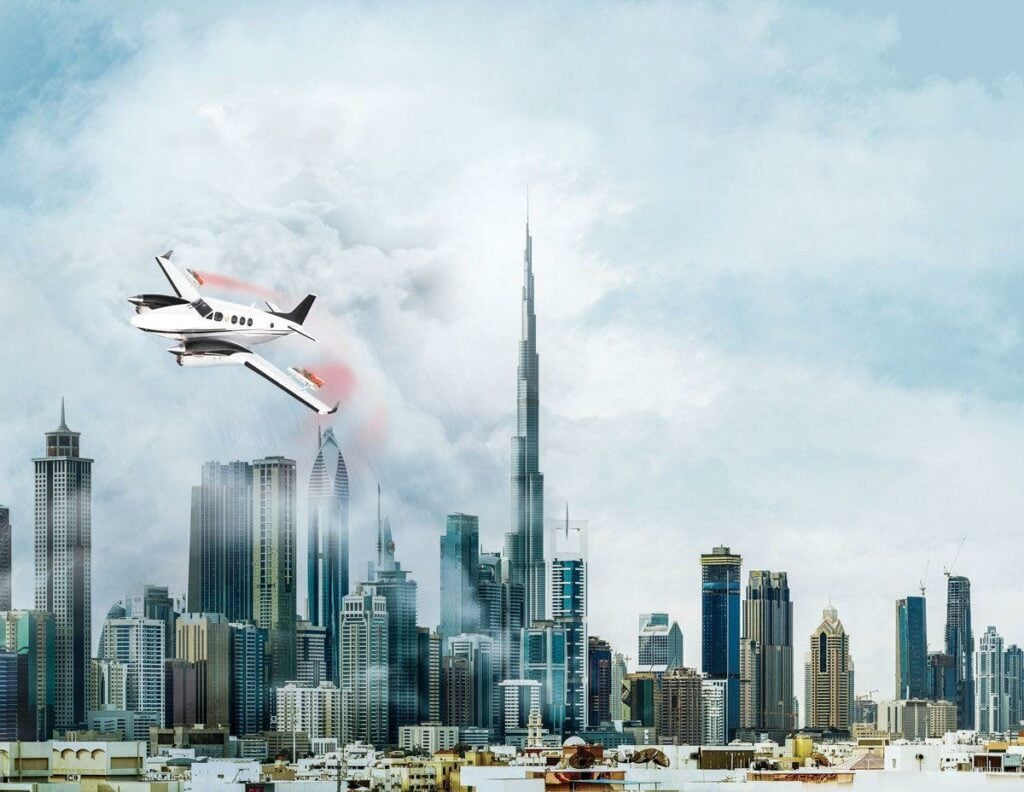Kuwait is a Western Asian country. It is located at the tip of the Persian Gulf on the northern border of Eastern Arabia, just by Iraq to the north and Saudi Arabia to the south. Kuwait and Iran share maritime borders with Kuwait having a 500-kilometer-long coastline. The capital city, Kuwait City, is home to the majority of the country’s population. But did you know that Kuwait is the first country to use the desalination process?
Since Kuwait has no rivers or lakes. They are completely reliant on desalination for drinking water. There are currently more than six desalination plants in operation, and Kuwait was the world’s first country to use desalination on a large scale for domestic use.
The History of Kuwait
Kuwait is a small country nestled in between Iraq and Saudi Arabia. It is located in one of the world’s driest, least-hospitable deserts. Its coast, on the other hand, includes Kuwait Bay, a deep harbor on the Persian Gulf.
In the 18th century, Bedouin from the interior established a trading post there. Kuwait derives its name from the Arabic diminutive of the Hindustani kūt. Since the ruling family of the emirate, the Al Sabah formally established a sheikhdom in 1756. The economic wealth of the country has been linked to foreign commerce.
The small kingdom grew over time and with accumulated wealth to become Kuwait City, a modern metropolis mingling with skyscrapers, apartment buildings, and mosques. Kuwait today is home to the majority of the country’s population, making Kuwait one of the world’s most urbanized countries. (Source: Britannica)
How Wealthy is Kuwait?
Kuwait has a prosperous petroleum-based economy and is one of the world’s wealthiest countries. The Kuwaiti dinar is the world’s most valuable currency unit. It is the world’s fifth-richest country in terms of gross national income per capita. According to the World Bank, Kuwait’s economy is the world’s twenty-first largest in terms of GDP per capita.
Petroleum now accounts for 43% of total GDP and 70 percent of export earnings as a result of various diversification policies. Steel production is Kuwait’s second-largest industry and the country is pretty self-sufficient in this particular line of business.
Mineral fuels, including oil, aircraft and spacecraft, organic chemicals, plastics, iron and steel, jewels and precious metals, machinery, including computers, aluminum, copper, and salt, sulfur, stone, and cement were Kuwait’s principal export items in 2019. In 2019, Kuwait was the top exporter of sulfonated, nitrated, and nitrosated hydrocarbons in the world.
In the 2019 Economic Complexity Index, Kuwait was placed 63rd out of 157 countries. Kuwait’s top export market in 2019 was Iraq, with food and agricultural items accounting for 94.2 percent of overall exports. (Source: Britannica)
How Does the Desalination Process Work?
Desalination is a process that removes minerals from saline water. Desalination, in a broader sense, refers to the removal of salts and minerals from a target substance. It produces water suitable for human consumption or irrigation. Brine is a by-product of the desalination process.
The majority of the modern interest in desalination is focused on the cost-effective provision of fresh water for human consumption. It is one of the few rainfall-independent water resources, along with recycled wastewater. Desalinating seawater is often more expensive than freshwater from surface water or groundwater, water recycling, and water conservation due to its energy consumption. (Source: Science Direct)
